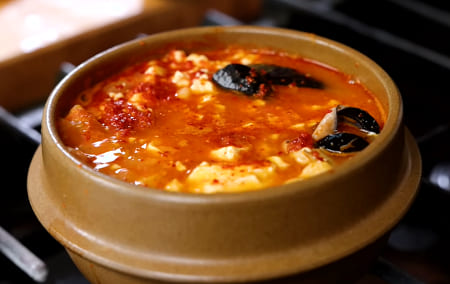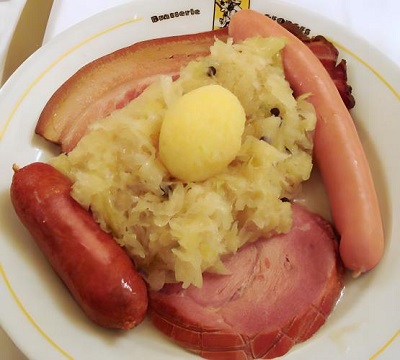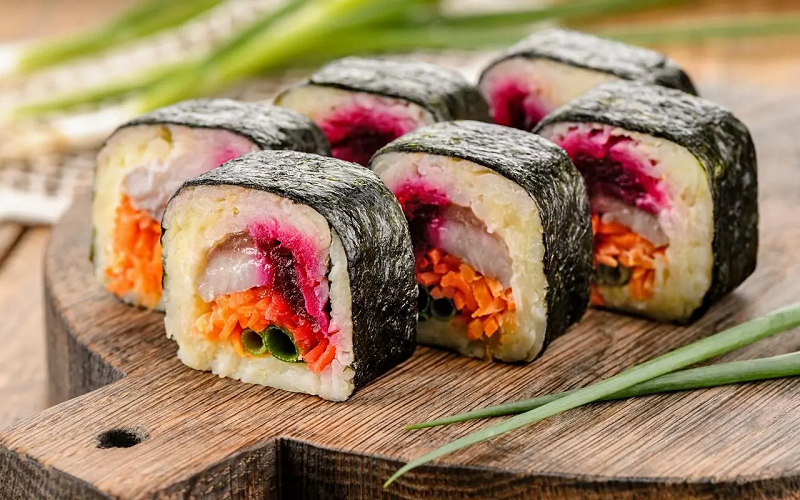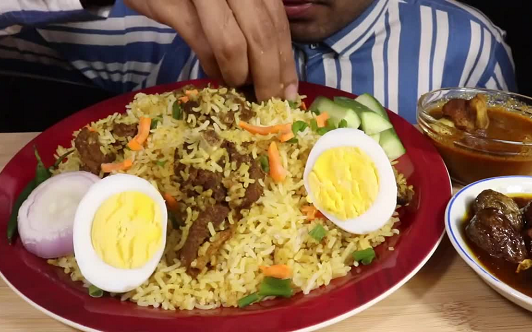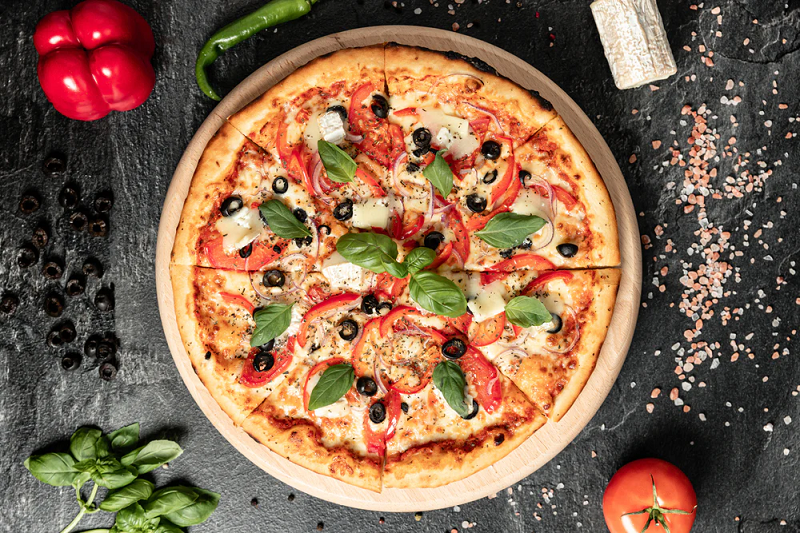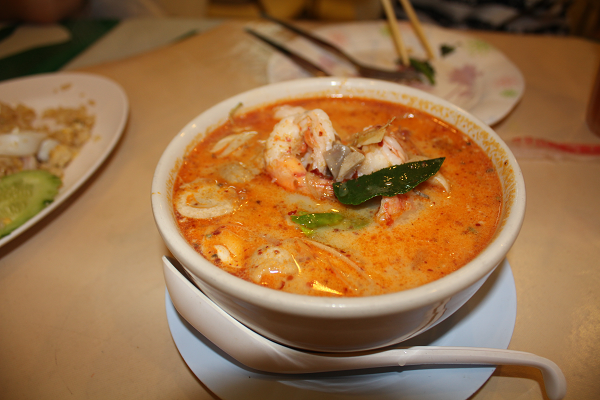Korean cuisine is revered all over the world for the lasting impression it leaves on diners. Beyond the quintessential Kimchi and Ramen, there’s a wealth of delightful dishes to explore. Here are detailed introductions to ten famous Korean foods:
1. Bibimbap:
Bibimbap, meaning "mixed rice," is a vibrant and nutritious dish. It consists of a bowl of steamed white rice topped with an array of colorful vegetables (such as spinach, carrots, bean sprouts, and mushrooms), marinated beef (or tofu for a vegetarian version), and a sunny-side-up egg. The ingredients are arranged in sections, and diners mix everything together with a spicy gochujang (red chili paste) sauce. The result is a harmonious blend of flavors, textures, and colors.
Key Ingredients: Rice, vegetables, marinated beef, egg, gochujang sauce.
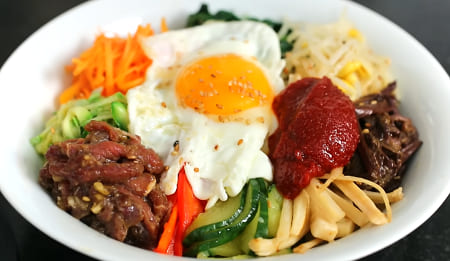
2. Gimbap:
Gimbap, often referred to as Korean sushi, is a popular snack or light meal. It consists of sheets of dried seaweed (nori) wrapped around seasoned rice, various fillings (such as pickled radish, spinach, carrots, and egg), and sometimes protein (like tuna or bulgogi). The roll is then sliced into bite-sized pieces. Gimbap is portable, flavorful, and great for picnics or on-the-go eating.
Key Ingredients: Rice, seaweed, vegetables, protein (optional).

3. Tteokbokki:
Tteokbokki is a beloved street food made from cylindrical rice cakes (tteok) cooked in a spicy and slightly sweet red chili sauce. The chewy rice cakes are often accompanied by fish cakes, sliced scallions, and sometimes hard-boiled eggs. It's a comforting and addictive dish commonly found at food stalls throughout Korea.
Key Ingredients: Rice cakes, gochujang sauce, fish cakes, scallions.
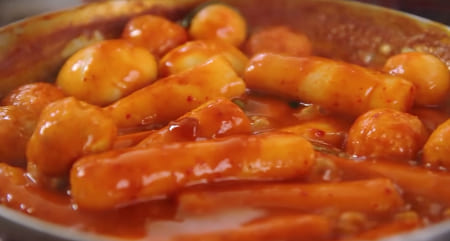
4. Bulgogi:
Bulgogi, which translates to "fire meat," is thinly sliced marinated beef (or pork) that's grilled or pan-fried. The marinade typically includes soy sauce, sugar, garlic, sesame oil, and grated pear. The result is tender, flavorful meat with a perfect balance of sweet and savory notes. Bulgogi is often served with lettuce leaves for wrapping and dipping in ssamjang (a mixture of soybean paste and red pepper paste).
Key Ingredients: Thinly sliced beef, marinade, lettuce, ssamjang.
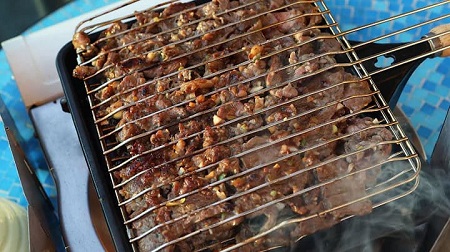
5. Japchae:
Japchae is a stir-fried noodle dish made with sweet potato glass noodles (dangmyeon). The noodles are cooked with an assortment of colorful vegetables (such as bell peppers, carrots, and spinach) and often include thinly sliced beef. The sauce is a combination of soy sauce, sesame oil, and sugar. Japchae is both delicious and visually appealing.
Key Ingredients: Sweet potato noodles, vegetables, beef, soy-based sauce.
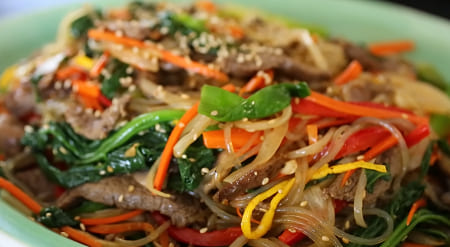
6. Samgyeopsal:
Samgyeopsal refers to thick slices of pork belly, which are grilled at the table. Diners wrap the grilled pork in lettuce leaves along with garlic, green chili peppers, and ssamjang. It's a social and interactive dining experience commonly enjoyed at Korean barbecue restaurants.
Key Ingredients: Pork belly, lettuce, garlic, ssamjang.
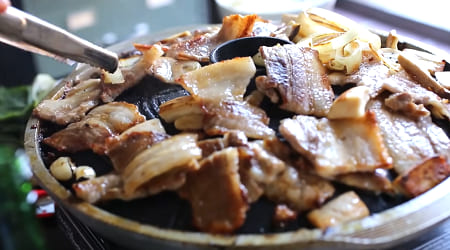
7. Galbi:
Galbi (also known as kalbi) consists of marinated beef or pork ribs. The marinade typically includes soy sauce, sugar, garlic, grated pear, and sesame oil. The ribs are grilled until caramelized and juicy. Galbi is a favorite at Korean barbecue gatherings and celebrations.
Key Ingredients: Beef or pork ribs, marinade.

8. Haemul Pajeon:
Haemul pajeon is a savory seafood pancake made with green onions (pajeon) and an assortment of seafood (such as shrimp, squid, and clams). The batter is crispy on the outside and soft on the inside. It's often served with a soy-based dipping sauce.
Key Ingredients: Green onions, seafood, pancake batter, dipping sauce.
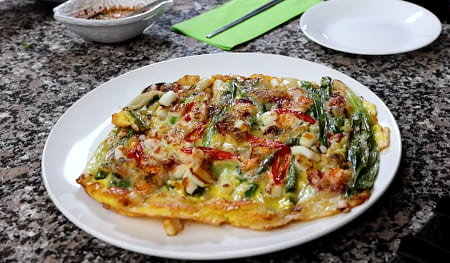
9. Jjajangmyeon:
Jjajangmyeon is a popular Korean-Chinese noodle dish. It features thick, chewy wheat noodles topped with a rich and savory black bean sauce (jjajang). The sauce is made from fermented black soybeans, onions, and sometimes diced pork or seafood. It’s a comforting and hearty dish often enjoyed as takeout or delivery.
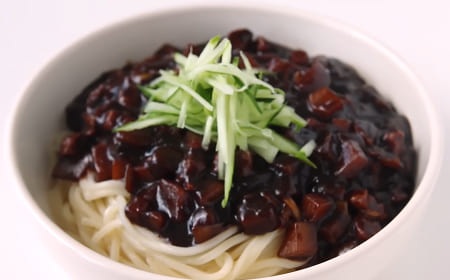
10. Sundubu Jjigae:
Sundubu Jjigae (순두부찌개) is a classic Korean soft tofu stew. It features silken tofu, a flavorful broth (often made with anchovies or beef), gochugaru (Korean red pepper flakes) for spiciness, and various additions like vegetables and seafood or meat. The stew is served piping hot and is both comforting and satisfying.
